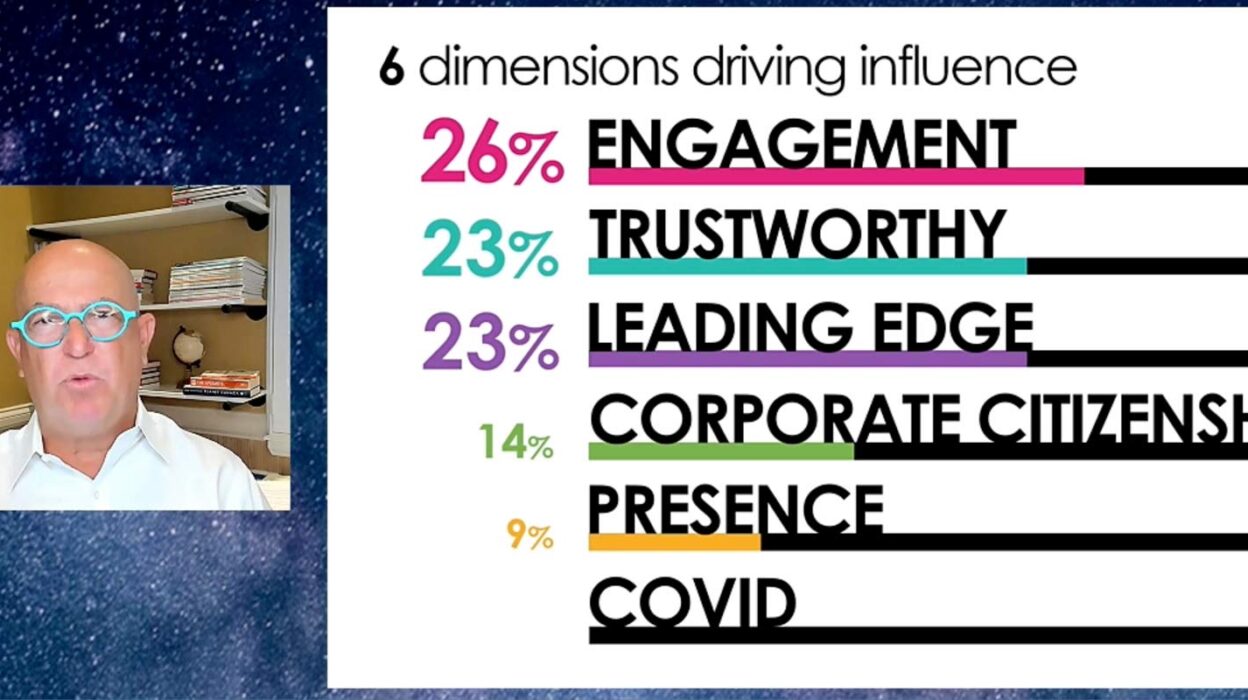At the recent reveal of Canada’s most influential brands of 2020, Ipsos CCO Steve Levy told the virtual attendees, “Influential brands are worth more and are consistently worth more over time.” But how exactly do you measure influence?
Luckily, Ipsos has been tackling this very question in their annual study, which examines 100 brands along 60 metrics that contribute to influence. The study finds that there are five primary dimensions that drive influence, of which marketers can tap into as they develop strategies to grow and maintain their brand: engagement, trustworthiness, leading-edge, corporate citizenship and presence.
Most brands tap into one or two of these core drivers, and the most influential ones almost unanimously introduce consumers to “something I never knew I needed”.
While the top 10 brands have remained relatively steady over the past decade, brands that engaged well with consumers during COVID leapt in their positioning on the list. Of these, building authentic connections with consumers and leaning into purpose-driven strategies was central to the success of influential brands. “Influence is hard to build, tough to retain and easy to lose,” Levy warned the audience, and this is particularly true in today’s vigilant brand environment.
So, what can marketers keep in mind? And what are the factors that contribute to success when developing consumer connections?
Key Takeaways
- Brands that provide assistance have an edge
- To be influential, a brand consider how they interact across generations
- Context matters – never forget context within which brands live
- Most of the influential brands are always with you – they influence the way you work, live and play
- How brands communicate in crisis can build influence
- Listen to consumers and encourage an authentic dialogue, now more than ever
Missed the event? Watch the event recording here.




